Indexing valves, toggle valves...
Sherwood Botsford (z3, Alberta)
14 years ago
Related Stories

THE HARDWORKING HOMECES 2015: Inching Toward a Smarter Home
Companies are betting big on connected devices in 2015. Here’s a look at what’s to come
Full Story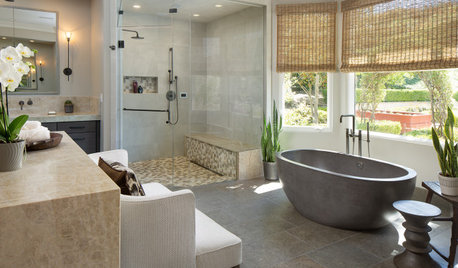
UNIVERSAL DESIGN11 Ways to Age-Proof Your Bathroom
Learn how to create a safe and accessible bathroom without sacrificing style
Full Story
EARTH DAYGrow a Beautiful Garden With Ecofriendly Greywater
Reducing home water waste means lower bills and a healthier planet. Here's how to set up a greywater home irrigation system that can help
Full Story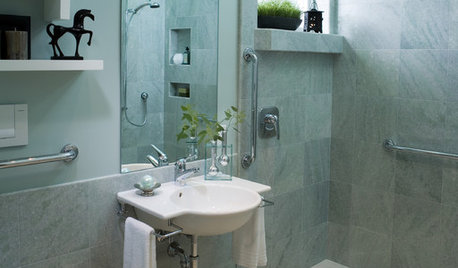
BATHROOM DESIGNHow to Design an Accessible Shower
Make aging in place safer and easier with universal design features in the shower and bathroom
Full Story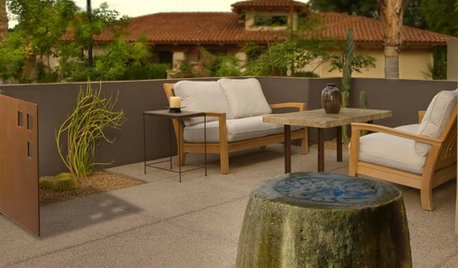
GREAT HOME PROJECTSMake Your Own Tranquil Garden Fountain
With this DIY water feature in your yard, serenity is just a few steps away
Full Story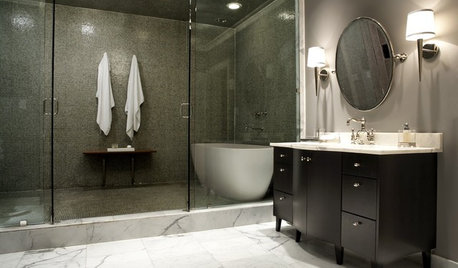
BATHROOM DESIGNHow to Choose Tile for a Steam Shower
In steamy quarters, tile needs to stand up to all that water and vapor in style. Here's how to get it right the first time
Full Story
HOME TECHMeet the New Super Toilets
With features you never knew you needed, these toilets may make it hard to go back to standard commodes
Full Story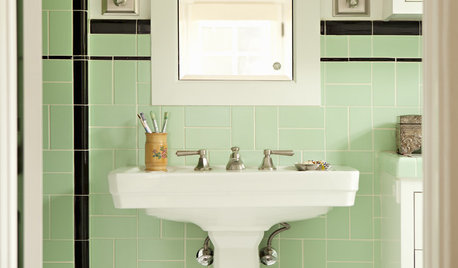
BATHROOM DESIGN9 Surprising Considerations for a Bathroom Remodel
Don't even pick up a paint chip before you take these bathroom remodel aspects into account
Full Story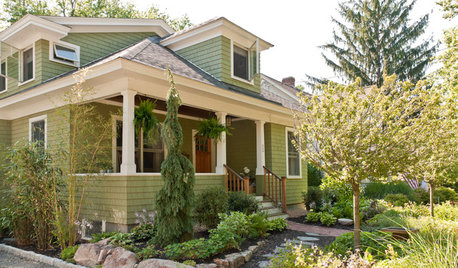
TRADITIONAL ARCHITECTUREHow to Research Your Home's History
Learn what your house looked like in a previous life to make updates that fit — or just for fun
Full Story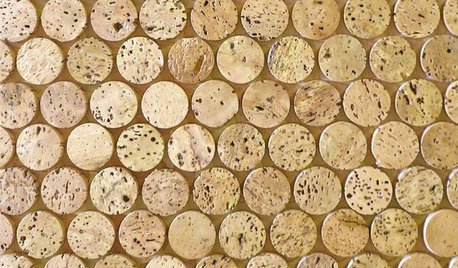
PRODUCT PICKSGuest Picks: Put a Cork in It
Buoyant, fire-resistant cork is popping up everywhere these days. Check it out on furnishings, finishes, accessories and more
Full Story






lehua49
Sherwood Botsford (z3, Alberta)Original Author
Related Professionals
Allen Landscape Architects & Landscape Designers · West Milford Landscape Architects & Landscape Designers · Manhattan Beach Landscape Architects & Landscape Designers · Summit Landscape Architects & Landscape Designers · Gainesville Landscape Contractors · Lakeland Landscape Contractors · College Park Landscape Contractors · Edwardsville Landscape Contractors · Kahului Landscape Contractors · Pikesville Landscape Contractors · Rancho Santa Margarita Landscape Contractors · New Carrollton Landscape Contractors · Northlake Landscape Contractors · Imperial Beach Solar Energy Systems · Teaneck Solar Energy Systemslehua49
Sherwood Botsford (z3, Alberta)Original Author
lehua49
Sherwood Botsford (z3, Alberta)Original Author
lehua49
Sherwood Botsford (z3, Alberta)Original Author
lehua49